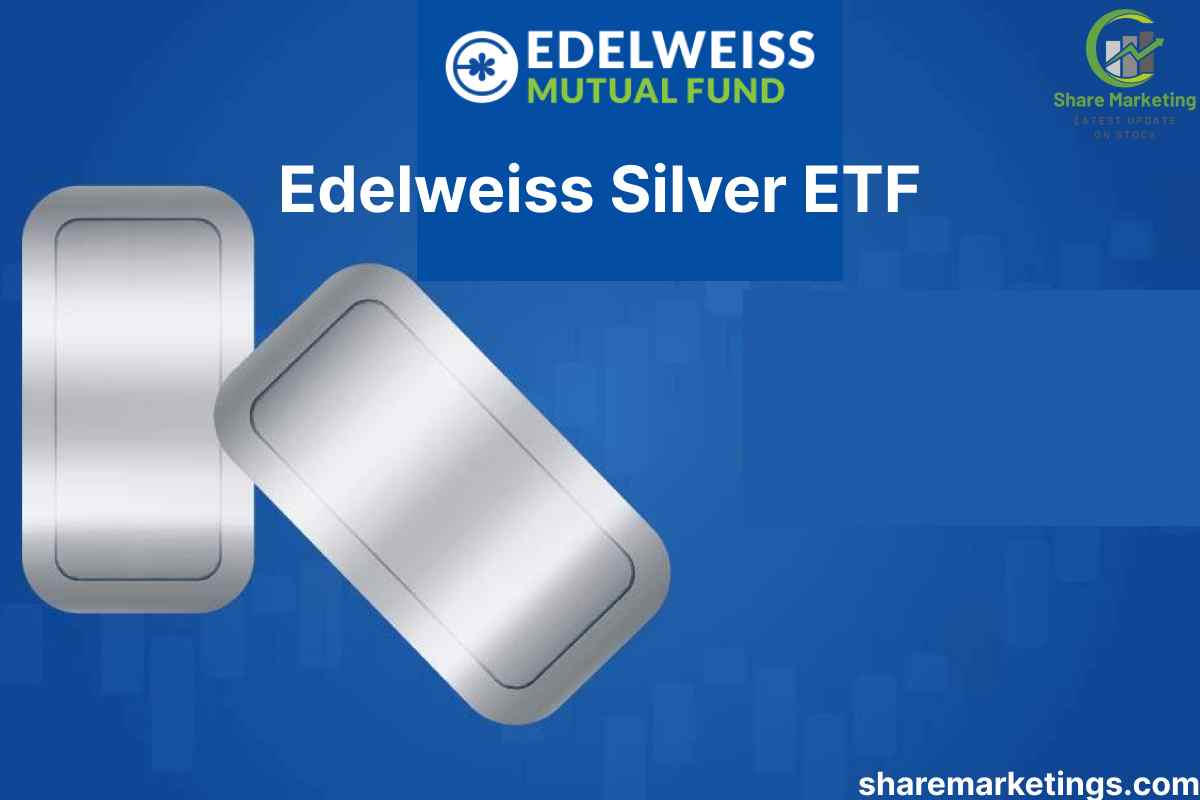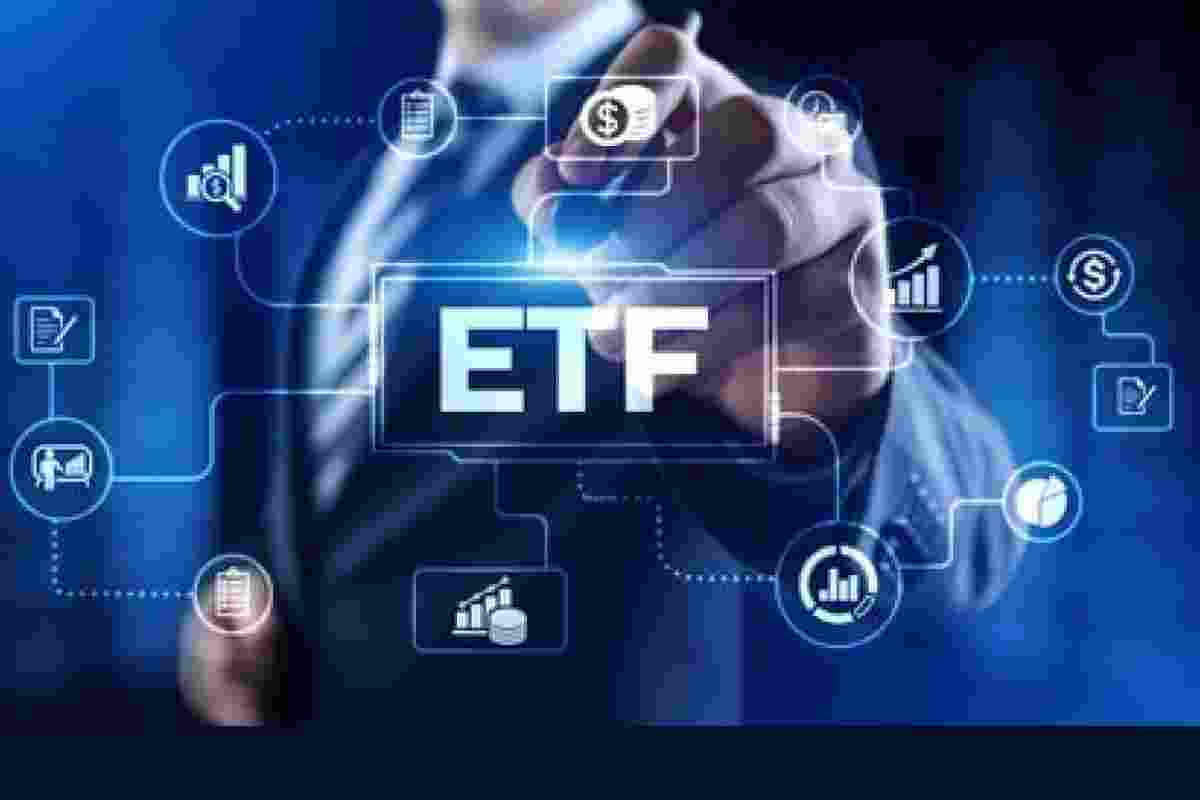The Bharat 22 ETF (Exchange Traded Fund) is an investment product launched by the Government of India in collaboration with ICICI Prudential Mutual Fund. It offers investors an opportunity to invest in a diversified basket of public sector undertakings (PSUs) and private companies where the government holds significant stakes.
Key Features of Bharat 22 ETF:
(1) Diversified Portfolio: It includes stocks from sectors like basic materials, energy, finance, industrials, utilities, and fast-moving consumer goods (FMCG).
(2) Benchmark: The ETF tracks the S&P BSE Bharat 22 Index, which is specifically designed for this product.
(3) Underlying Companies: Prominent stocks include companies like ONGC, NTPC, Coal India, Indian Oil Corporation, Power Grid, SBI, Axis Bank, ITC, and others.
(4) Government Initiative: It is part of the government’s disinvestment program, aimed at reducing fiscal deficit and enhancing public participation in PSUs.
(5) Low-Cost Structure: ETFs typically have a lower expense ratio compared to actively managed funds.
(6) Liquidity: Being listed on stock exchanges like NSE and BSE, it provides liquidity and ease of trading similar to stocks.
(7) Tax Efficiency: Gains from ETFs are treated similarly to other equity investments, offering tax benefits under long-term capital gains tax rules.
Advantages:
- Passive Investment: Tracks the index without active management.
- Sector Exposure: Allows investors to gain exposure to multiple sectors in a single investment.
- Government Backing: Offers a sense of security as it includes companies with significant government stakes.
Disadvantages:
- Market Risks: Like all equity investments, it is subject to market fluctuations.
- Limited Control: Investors cannot pick and choose specific stocks within the ETF.
Sector Allocation:
The Bharat 22 ETF provides exposure to six core sectors:
Basic Materials: Hindustan Zinc, Nalco.
Energy: ONGC, Indian Oil Corporation, BPCL, Coal India, and Power Grid.
Finance: SBI, Axis Bank, Bank of Baroda.
Industrials: Engineers India, NBCC, Bharat Electronics, and other infrastructure-related firms.
Utilities: NTPC, GAIL, NHPC.
FMCG: ITC.
Tax Implications:
Short-Term Capital Gains (STCG): If units are sold within one year, the gains are taxed at 15%.
Long-Term Capital Gains (LTCG): Gains above ₹1 lakh, if held for over one year, are taxed at 10% without indexation.
Dividends: Taxed at the investor’s applicable slab rate due to the Dividend Distribution Tax (DDT) being abolished.

Comparison with Other ETFs:
| Aspect | Bharat 22 ETF | CPSE ETF | Nifty 50 ETF |
| Focus | Government-owned companies | PSUs only | Broad market (top 50 cos) |
| Diversification | Broad across 6 sectors | Limited to PSUs | Broad |
| Expense Ratio | Low | Low | Very Low |
Bharat 22 ETF Share Price
As of December 19, 2024, the Bharat 22 ETF is trading on the National Stock Exchange (NSE) under the ticker symbol ICICIB22.
Recent Performance:
- Current Price: Approximately ₹112.49 per unit.
- 52-Week Range: The ETF has fluctuated between a low of ₹85.52 and a high of ₹124.00 over the past year.
Returns:
- 1-Month Return: Approximately 1.4%.
- 6-Month Return: Approximately -1.11%.
- 1-Year Return: Approximately 25%.
- 5-Year Return: Approximately 26.47%.
- Since Inception: Approximately 16.5%.
Key Metrics:
- Net Asset Value (NAV): ₹110.73 (as of December 18, 2024).
- Expense Ratio: 0.07%.
- Assets Under Management (AUM): ₹20,613 Crores.
Portfolio Composition:
The ETF comprises 22 stocks across various sectors, with significant holdings in:
- ITC: 16.26%
- Larsen & Toubro: 14.21%
- NTPC: 9.50%
- Power Grid Corporation of India: 8.26%
- Axis Bank: 7.36%
- State Bank of India: 7.35%
Motilal Oswal Nifty India Defence ETF Review
The SBI Nifty Next 50 ETF Review
What is ICICI Prudential Nifty Next 50 Index Fund?
Disclaimer: The content on this website is intended for informational purposes only and should not be interpreted as financial or investment advice. Engaging in stock market activities involves inherent risks, and outcomes can be unpredictable. While we strive to provide accurate and up-to-date information, we do not make any guarantees regarding the completeness or reliability of the content. Any investment decisions you make should be based on your own research and consultation with a qualified financial professional. We are not responsible for any financial gains or losses resulting from actions taken based on the information provided here. Always invest wisely and at your own risk.



